-
When you click on links to various merchants on this site and make a purchase, this can result in this site earning a commission. Affiliate programs and affiliations include, but are not limited to, the eBay Partner Network.
-
Posts
4,254 -
Joined
-
Last visited
-
Days Won
5
Content Type
Profiles
Forums
NGC Journals
Gallery
Events
Store
Downloads
Posts posted by brg5658
-
-
Beautiful!
Here's another Austrian restrike from 1963 of a 1642 double ducat...
I sold this when gold was at $800 an ounce. Wish I hadn't...
I have that restrike design in silver (NGC MS68). It's a great design! Love the gold one Kim; with current prices I simply can't justify the purchase though. Pity you sold yours.

-Brandon
-
I can't afford the real 1486 Guldiner, so I will have to settle for this nice restrike example from 1953. I found the yellow toning with some hints of other colors to be quite attractive.


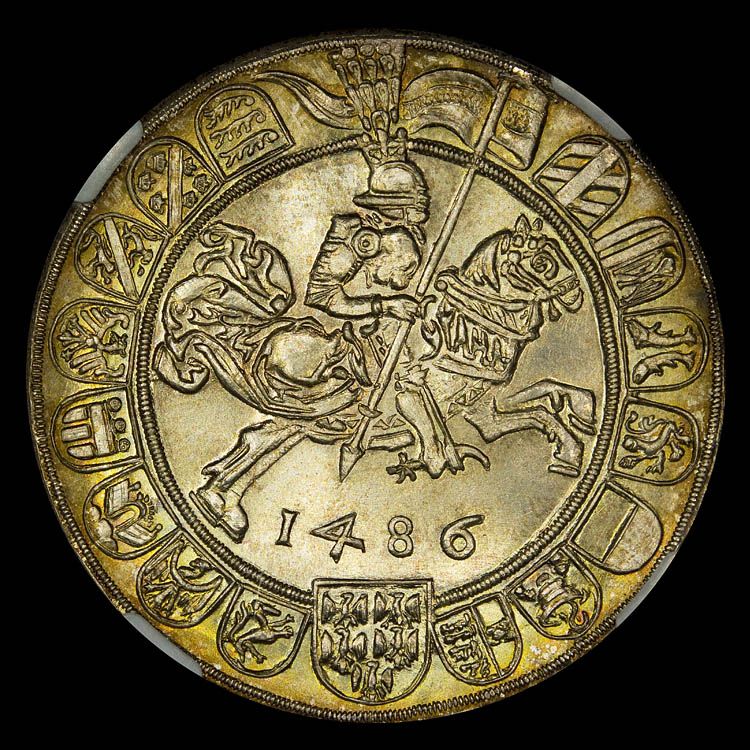
-
My first small ANACS holdered coin. The colors just pop on this one in hand.
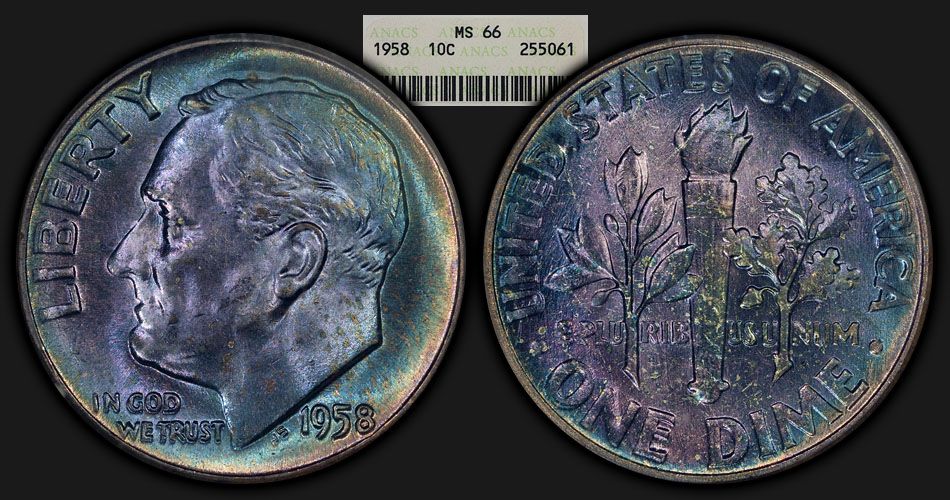
I love the color on your Roosevelt Dime! There are a lot of nice coins in these older ANACS holders. What type of lighting did you use in shooting this image?
The same lighting I always use. I use three IKEA LED Jansjo lamps.
-
My first small ANACS holdered coin. The colors just pop on this one in hand.

-
Not a Pidcock's token, but I'm quite pleased with this one that arrived today!

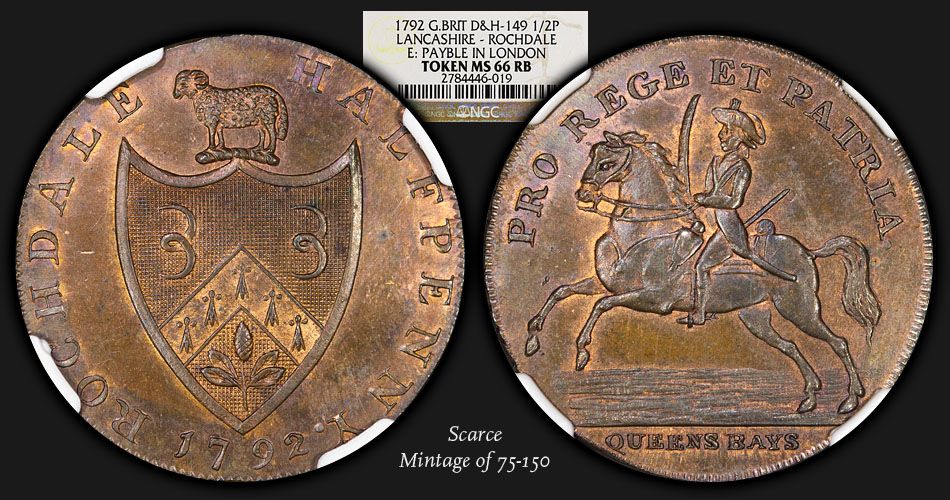
-
Three new world coins with horses (yes, that last one is oval shaped!):
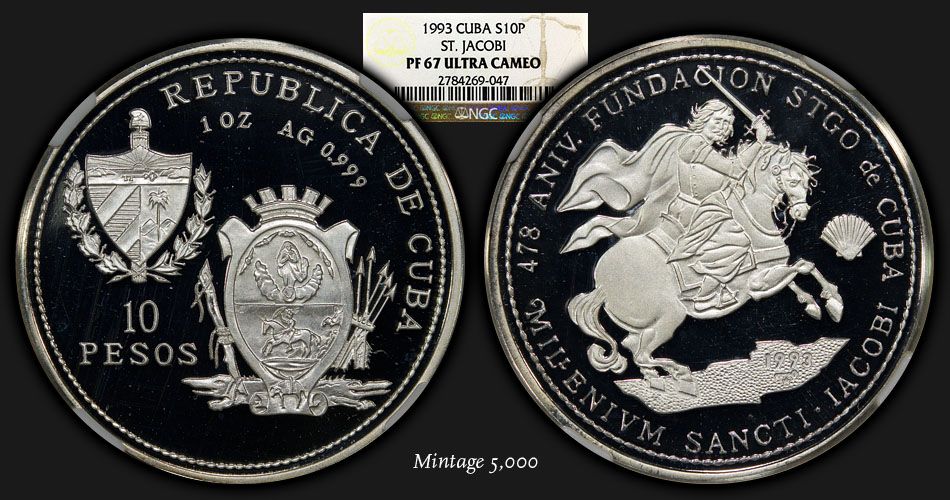
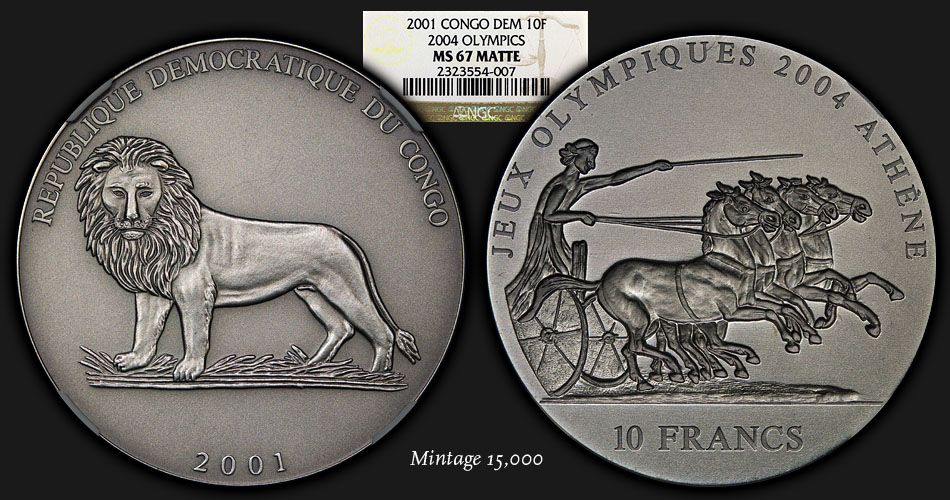
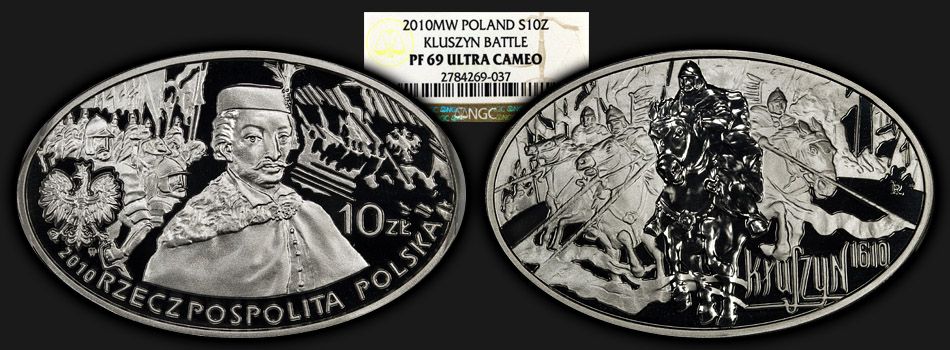
-
Hello,
I have only taken a "serious" interest in coin collecting since about 8 months ago, and my grading skills are not yet what I want them to be.
Out of pure curiosity, can you help me out here - on the '65 Gulden, why does it look like the Queen's hair and ear has wear from circulation? Was it really struck like that, or is there actual wear? If it's the latter, how did it receive the mint state grade?
Thanks a lot for helping out an old collector who only recently got serious!
(By the way: amazing friggin' coin. I am a sucker for beautiful toning like that!)
There is no wear on the coin. There are two other factors that may make it look like wear, but the coin in hand is fully lustrous and clearly uncirculated.
First, the way the toning lays on the coin makes it appear as if some of the high spots have wear because they are untoned. This type of toning pattern is not all that uncommon, and has to do with the way that gases in the air circulate around the coin surfaces. The particular coin spent almost 50 years in a Meghrig World Coin album with a high sulfur content.
Second, what looks like rub on the highest points of the coin is actually an incomplete strike. When a coin is not completely struck, the metal is not fully squeezed into the deepest parts of the die (the highest parts of the design). These areas will appear with the pre-struck planchet hits and dings, and they don't exhibit the metal flow lines and frosty luster of the metal that was struck at high pressure into the die.
Close-up of obverse:

-
Kenny, lovely toning on that new Frankie MS66FBL, but I'm not sure it would meet criteria for the NGC FBL designation based on those images. Not that it really matters, as the color is what sells this one... (thumbs u
-
A couple more:
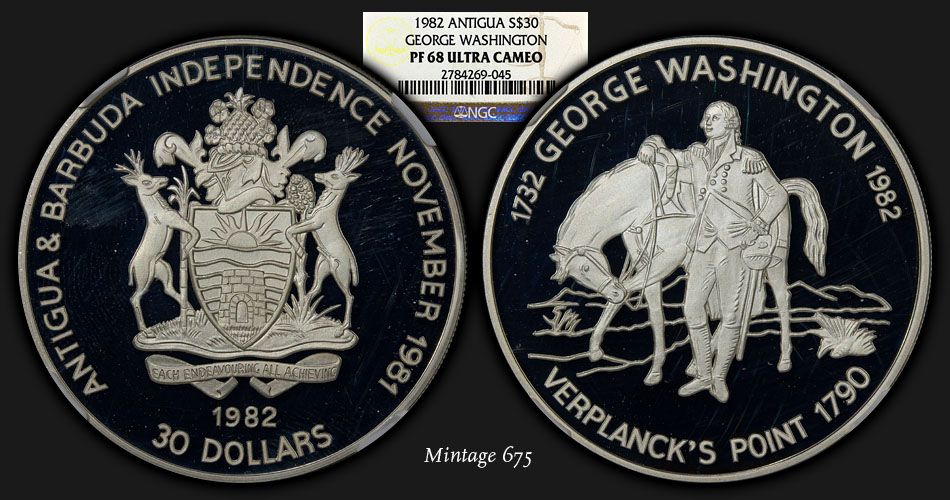
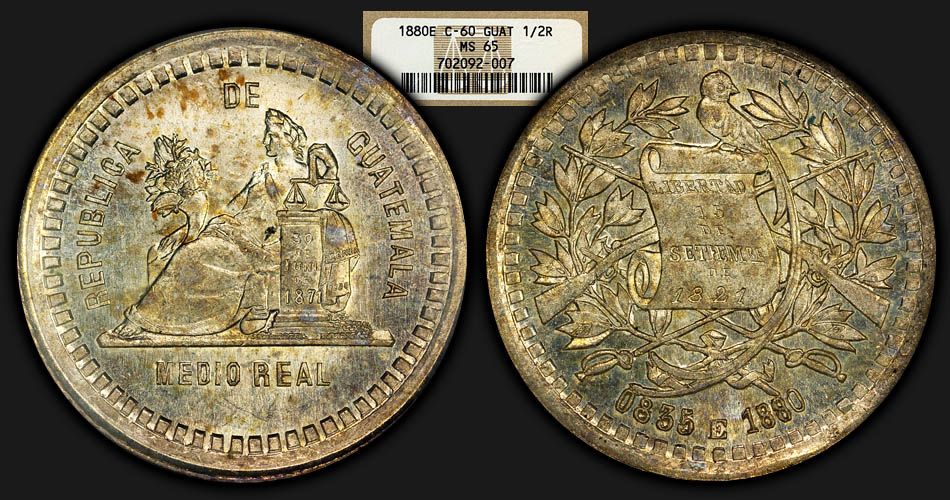
-
Another so-called-dollar that I found quite attractive.
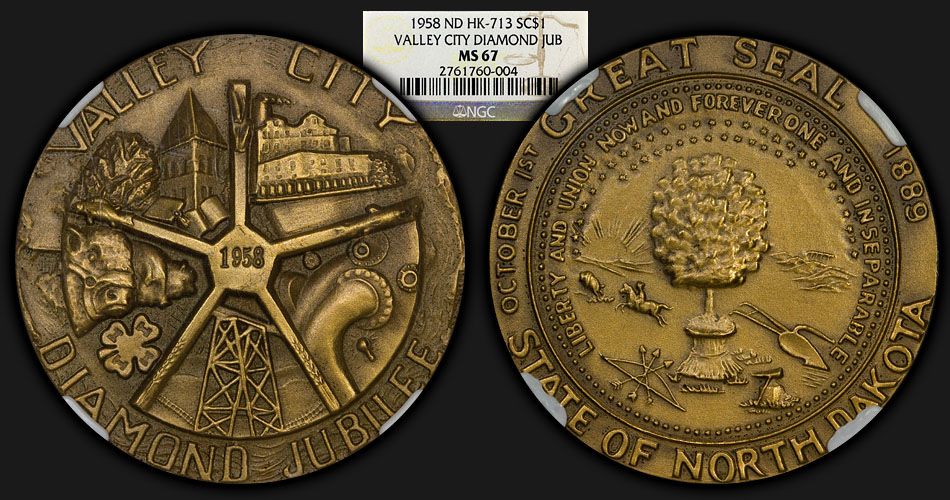
-
I found a new So-Called-Dollar that I had to add to my collection (notice the horse on the reverse). It arrived today and I shot some pics.
You can read more about it here.
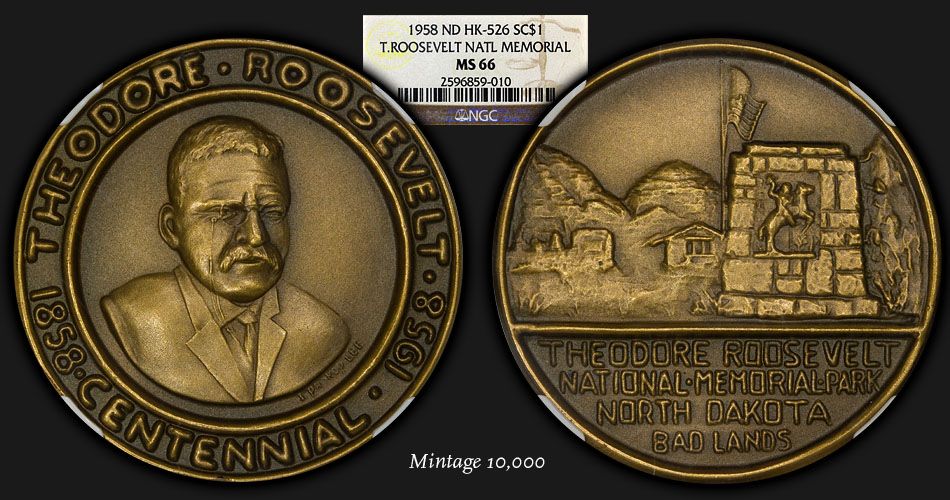
-
Got these four coins last week.
_NGC_MS66BN_composite_zps24f38ead.jpg' alt='2.gif.9fc66b13abe5d736a39bc1a668f42ae9.gif' alt='2c'>_NGC_MS66BN_composite_zps24f38ead.jpg'>
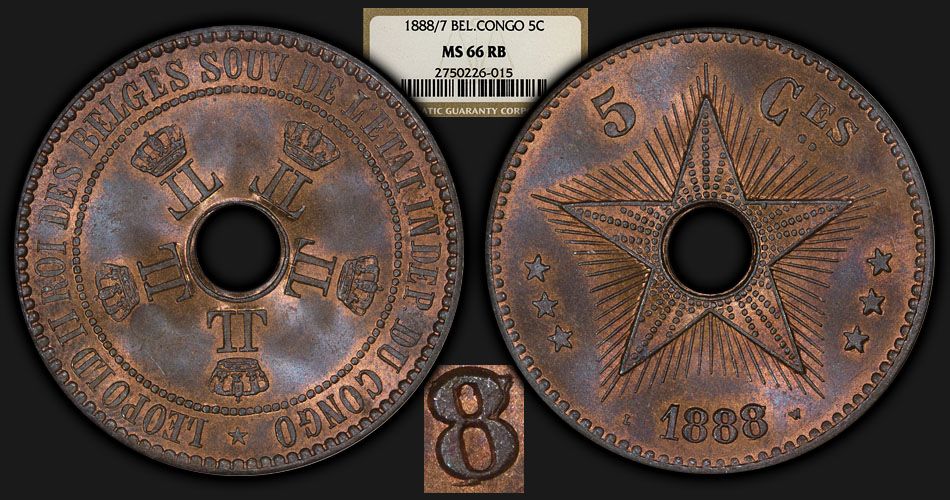
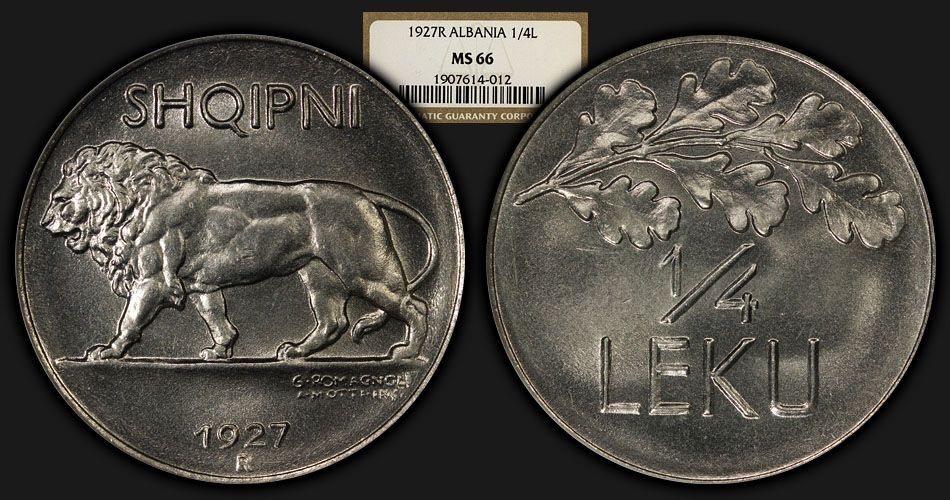
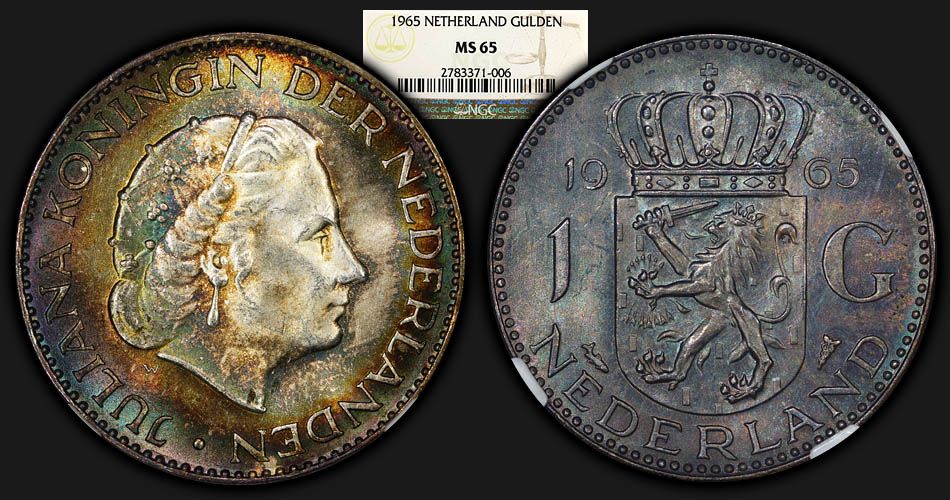
-
Newest coin arrived yesterday.
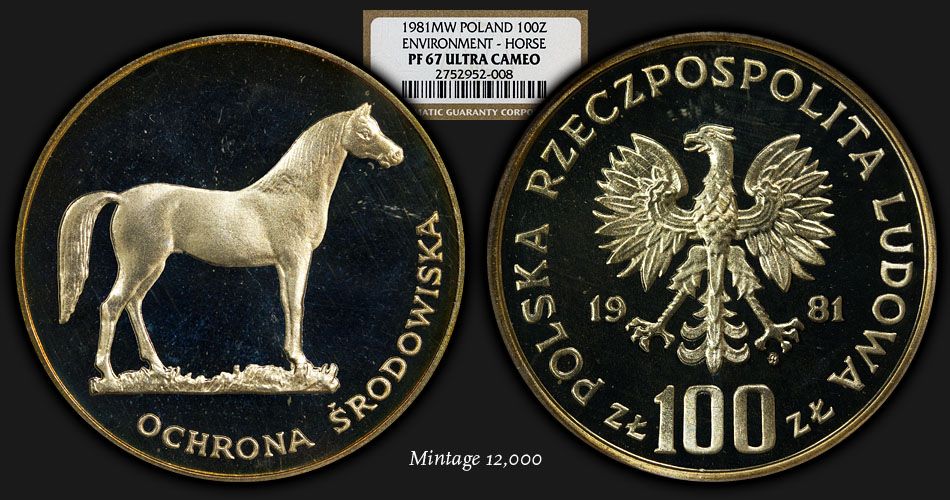
-
I know it's not a US coin, but I wanted to show this medal off a little. I saw this nice medal come up for sale on eBay a few weeks ago, and I had to have it. It's a restrike, listed by NGC on the label as a "modern restrike" -- unfortunately, the privy mark/information I need to see to get an idea of how "modern" is on the edge, and not viewable in the NGC holder. Nonetheless, it has a nice aged patina to the surfaces, and attractive super-high-relief surfaces. If I had to guess, I'd say it is a restrike from sometime in the first half of the 20th Century.
The medal commemorates The Battle of Borodino, which was the bloodiest and largest battle of the Napoleonic Wars.
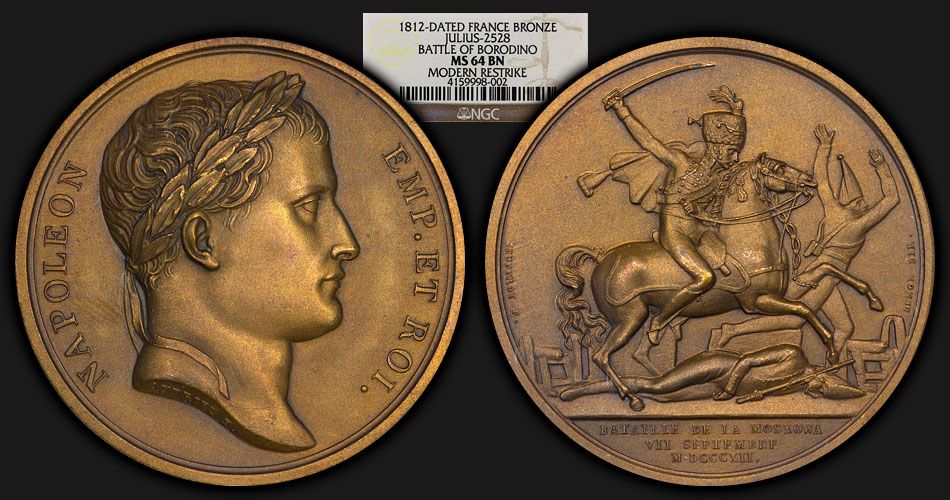
-
I love that 1895-P dime (PCGS 64) posted a couple threads up! (thumbs u
Also Mike, just wondering, what's the grade on that 1893 upgraded Half (three posts up)? I'd throw a guess of AU 50/53 range. I also really like that one!

-
Winston, what a great 2nd Birthday present! (thumbs u
Here are a couple that arrived today. They are both 0.999 Silver, 1oz matte finish coins.
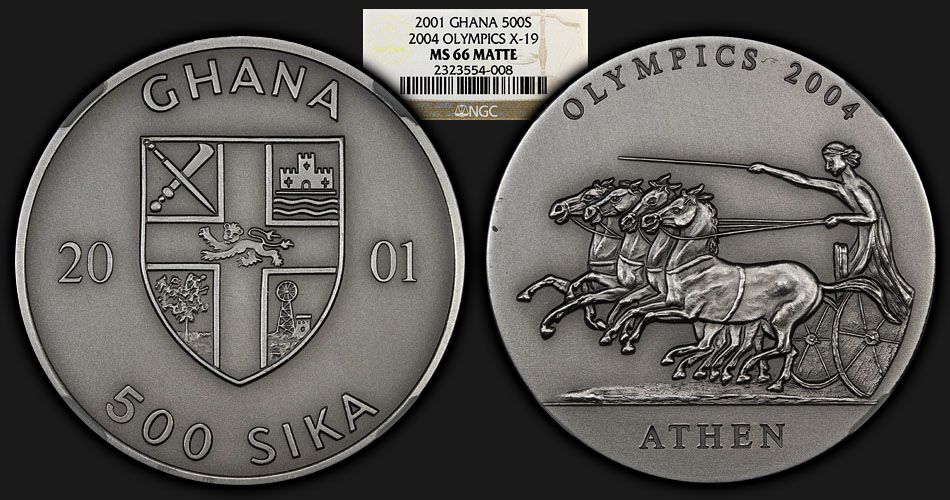
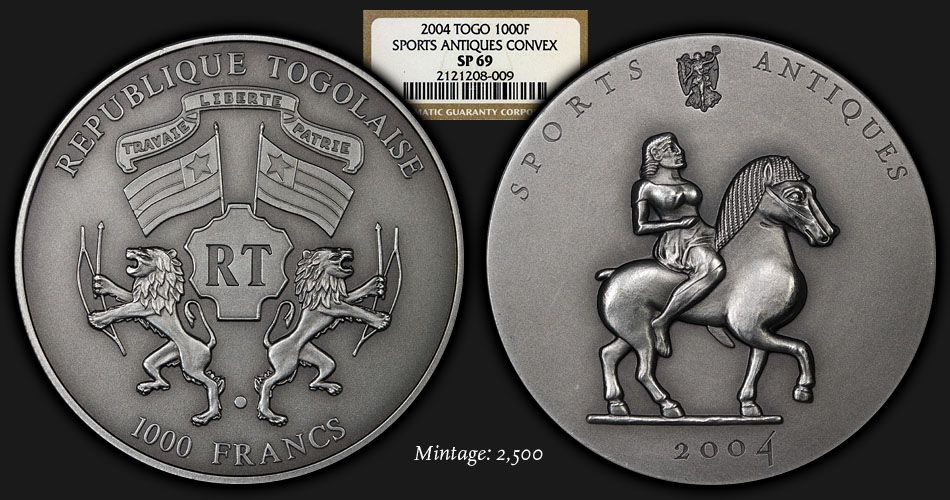
-
Dang, thats massive. Send it to NGC, I think they can slab it as they slab Kilo silver coins
I'm pretty sure they would slab it. With a medal this size, I may have it put in plastic for the protection alone. Given that it weighs in at around 8 oz., if you drop this sucker it will definitely leave a rim ding.
I'm a klutz sometimes...so....

-
A couple new world coin pick-ups...
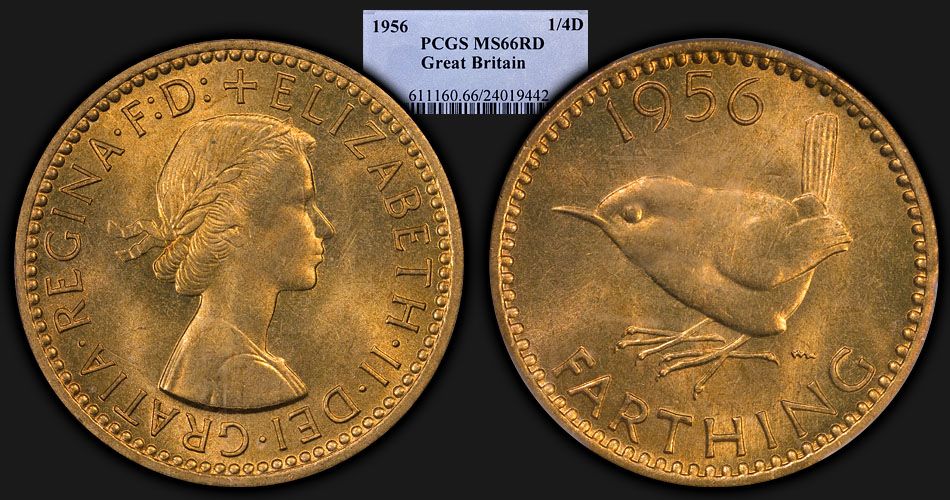
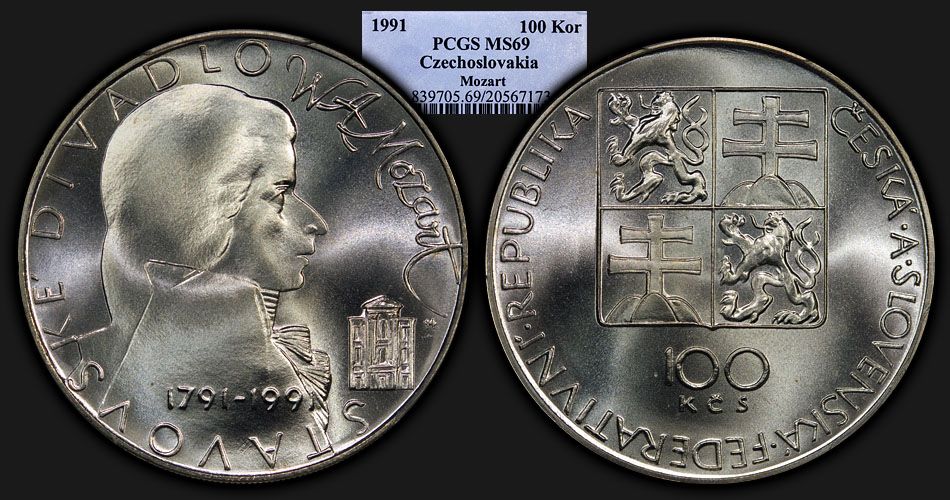
-
I found a restrike of the Libertas Americana medal, minted in 1983 at the Paris Mint. It is 78-79mm diameter, 5mm thick, and weighs in at around a half-pound. I can't find much more information regarding mintage, etc. but I will keep looking. It is made of Bronze, and is by far the largest medal I own now.
Notice that the obverse differs from the original medal with a modified date legend of "1783 3 SEPT. 1983". This medal was specifically struck to commemorate the 200th anniversary of the signing of the Treaty of Paris. The reverse bears the "4 JUIL. 1776" date in exergue, which on the original medal was beneath Miss Liberty on the obverse. I found these "modifications" to be quite interesting. I'm also adding a "size comparison" picture so you can see how big this is compared to a Lincoln Cent.
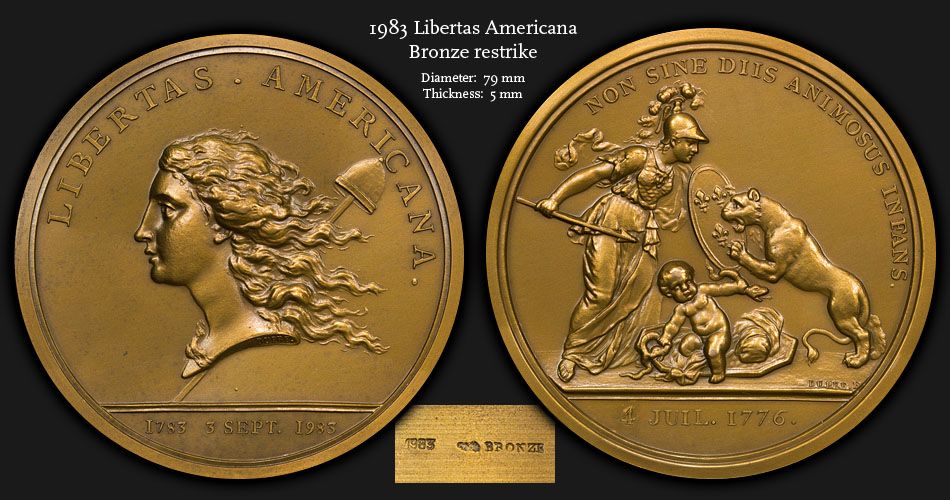
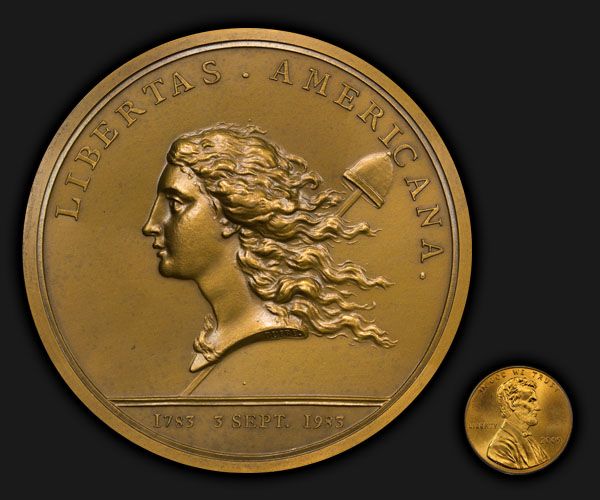
-
Picked up a new type coin.

-
-
It was a good week for horse coins!

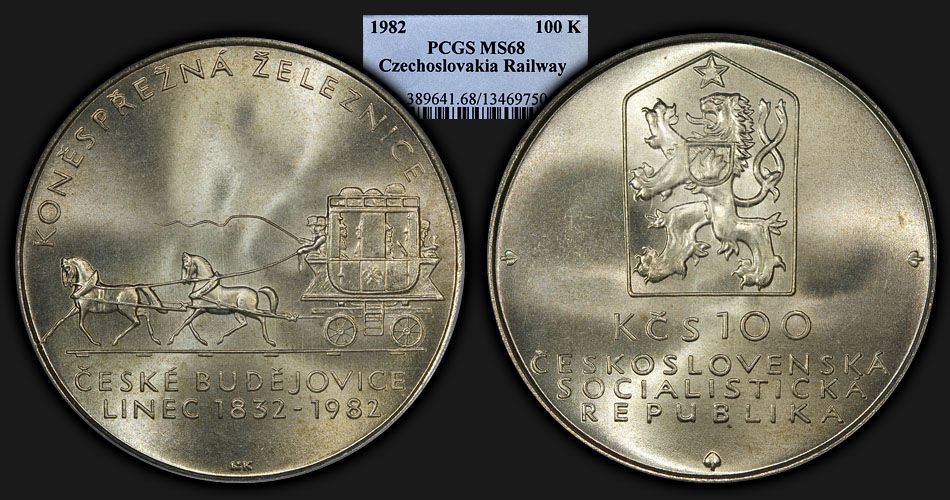
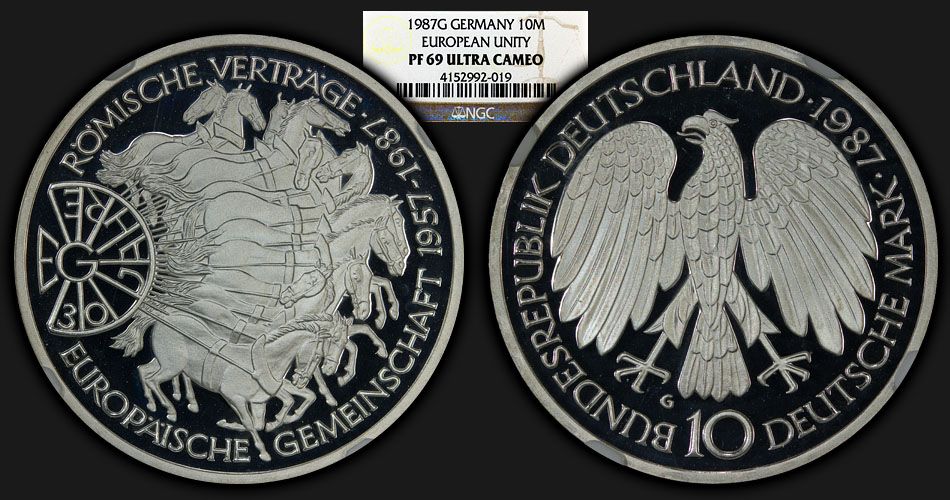
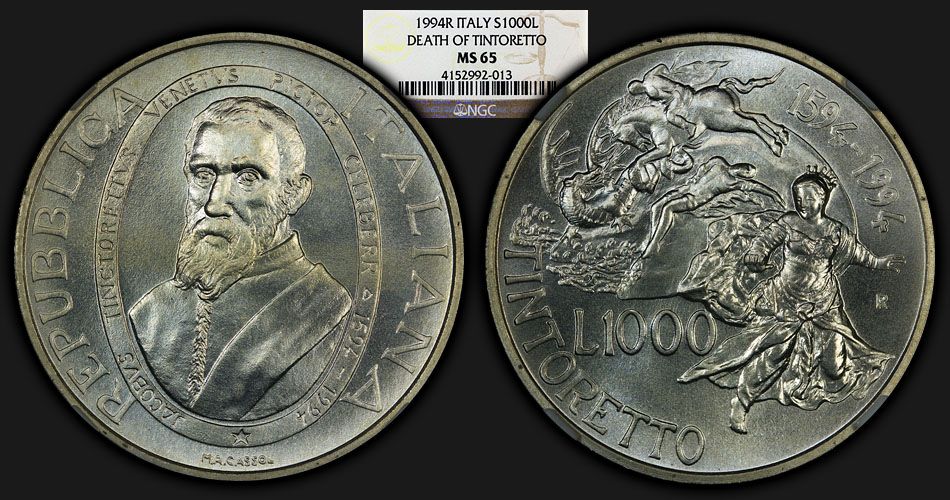
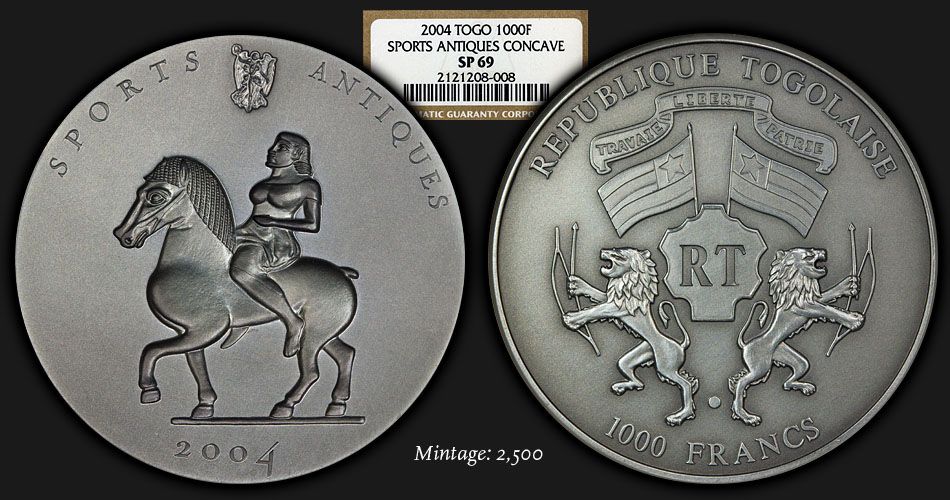
-
I know this is the USA newps section, but on occasion I like to post a dark-side coin.

This one is a 1950 pattern 100 Francs from Algeria. As a pattern coin, the mintage is relatively small at only 1,500 coins. When I saw this beauty, I simply had to have her!


-
This little guy arrived today. This coin is about the same size as a USA half-dime.
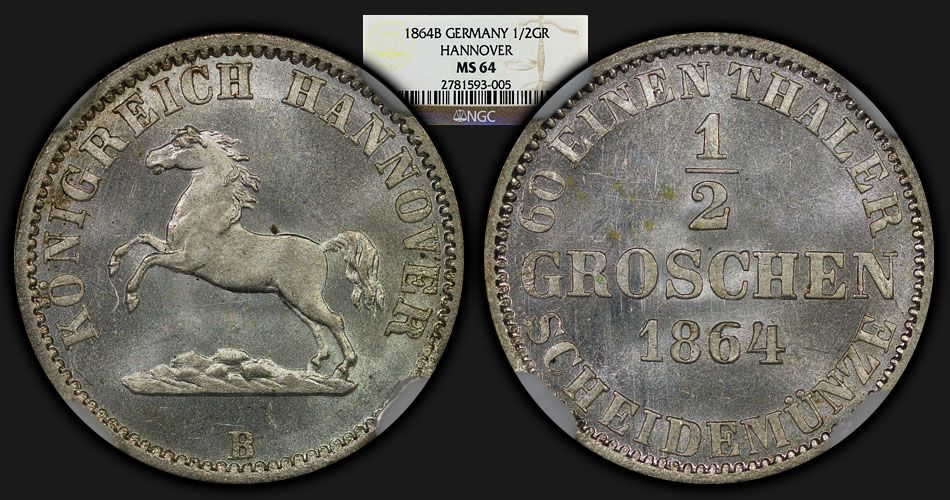




Post your most recent acquisition: US
in US, World, and Ancient Coins
Posted
I finally found me a set of the FSNC-2002 Jefferson 1938 Nickels. I picked up the numbered pair #927 (of a mintage of 1,938 each of the MATTE finish and the PROOF finish).
They are beauties in hand!
MATTE Finish:
PROOF Finish: